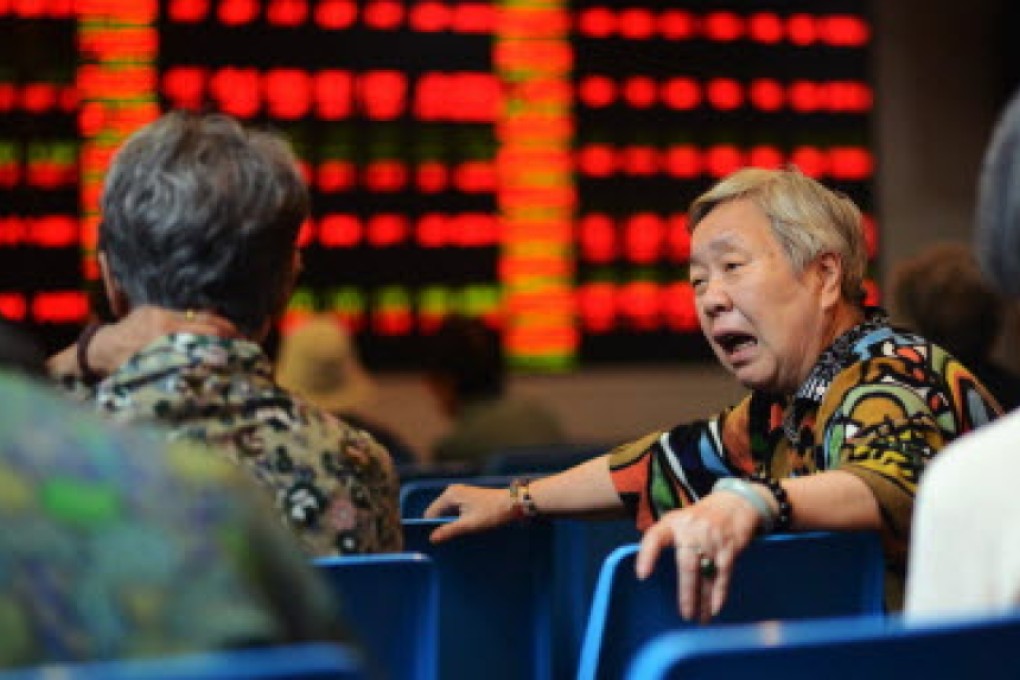Portfolio | China’s margin-trading binge more to do with state-owned enterprises than mom and pop
Households not all to blame for sell-off in stock markets

The trigger for the spectacular sell-off from the speculative frenzy that drove mainland stock markets to seven-year highs is broadly being pinned on China’s 90 million mom and pop retail investors.
Popularly painted as margin-funded, leveraged-up drivers of 80 per cent of typical daily turnover, they are an easy target given the surge in official margin financing to 2.3 trillion yuan (HK$2.87 trillion) in June, just as markets peaked, crested and began to fall.
The reality of the exposure of China’s household sector to the equity market – and consequently its impact on prices – is significantly smaller than those headline numbers imply.
Yao Wei, chief China economist at investment bank Societe Generale, reckons equity investments account for about 6 per cent of total financial assets held by mainland households, versus about 10 per cent in Japan, 17 per cent in Europe and 34 per cent in the United States.

The vast majority of mainland market cap is ultimately owned by the government and government-linked entities and many market participants say they have been the main drivers of margin trading.
The lack of data able to confirm this is a problem, but Yao comes up with a proxy by tracking the proportion of profits from industrial enterprises that come from non-operating activities. They doubled to about 10 per cent of total profits from mid-2014 to mid-2015 – coinciding neatly with the rally in mainland stocks.

